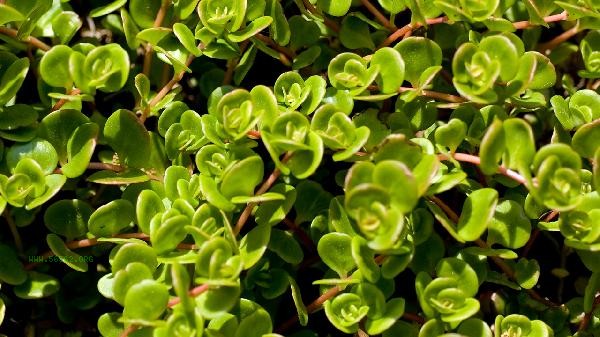Autumn is cool and dry, which is a good season for regulating the spleen and stomach. Eating Chinese cabbage at this time not only nourishes the stomach but also enhances beauty and appearance. Traditional Chinese Medicine believes that cabbage is slightly cold and sweet in taste. It enters the stomach, intestines, liver, kidneys, and bladder meridians, and has functions such as nourishing the stomach and generating fluids, relieving irritability and thirst, diuresis and defecation, clearing heat and detoxifying. It is an excellent vegetable for supplementing nutrition, purifying blood, dredging the gastrointestinal tract, preventing diseases, and promoting metabolism. Western scholars believe that Chinese cabbage is rich in vitamins, and eating it regularly can have antioxidant and anti-aging effects. Chinese cabbage also contains abundant minerals such as calcium, zinc, and selenium. Its dietary fiber is also rich, and regular consumption can have the effect of moistening the intestines, promoting bowel movements, and promoting detoxification, which has a good effect on preventing colon cancer. Chinese cabbage is rich in water content, up to 95%. In autumn, when the weather is dry, eating more cabbage can have a good effect on nourishing yin, moisturizing dryness, and skincare. Although Chinese cabbage tends to be cold, when cooked with meat, it has a sweet and flat nature. When cooking Chinese cabbage, it is necessary to add some vinegar appropriately, both in terms of taste and nutrient protection. Vinegar can break down the calcium, phosphorus, and iron elements in Chinese cabbage, which is beneficial for human absorption. Vinegar can also coagulate the protein in Chinese cabbage, preventing it from leaking out and being lost. When cooking Chinese cabbage, blanching it in boiling water is very beneficial for protecting the vitamin C. Because Chinese cabbage can produce an oxidase through heating, which has a strong destructive effect on vitamin C. This oxidase has the strongest activity at a temperature of 65 ℃, but is destroyed at 85 ℃.
Here is a recommended recipe for cooking pork and cabbage:
Ingredients: 1 piece of cabbage, 500g of pork, 1 scallion, a little wine, soy sauce, salt, and sugar
Recipe:
1. Tear off each piece of cabbage, wash and cut into large pieces;
2. Cut the pork into coarse pieces, blanch them in boiling water to remove any fishy smell, and wash them thoroughly for later use;
3. Pour all seasonings into a pot, add water, and bring to a boil. Add meat chunks and cook for 10 minutes;
4. Put in the Chinese cabbage and cook until the meat is crispy and the vegetables are tender. When the soup is about to dry, thicken it with a little starch and sprinkle with scallions. This dish helps nourish the stomach, produce fluids, relieve irritability, and quench thirst.




Comments (0)
Leave a Comment
No comments yet
Be the first to share your thoughts!